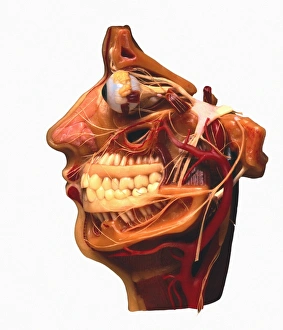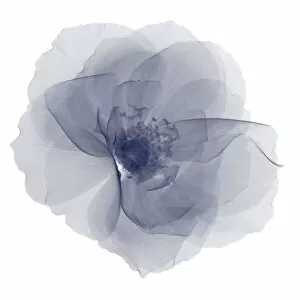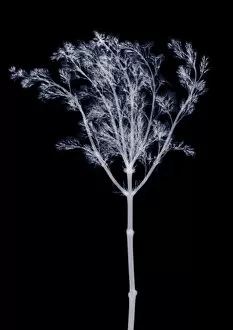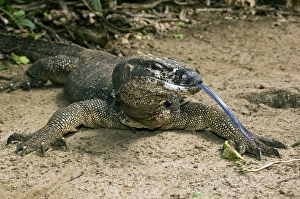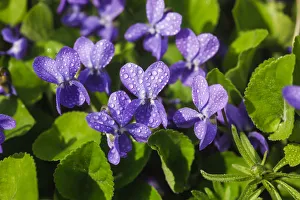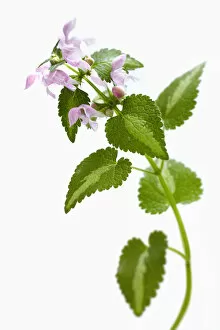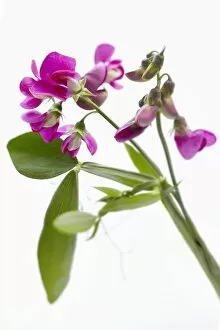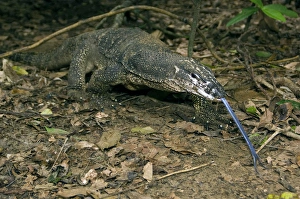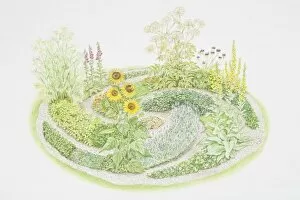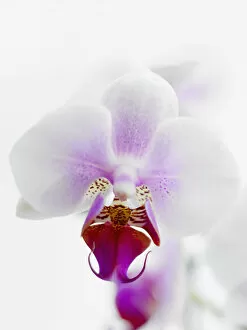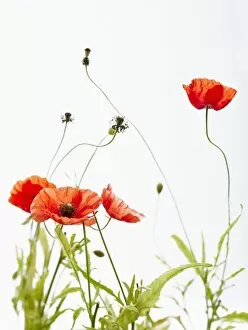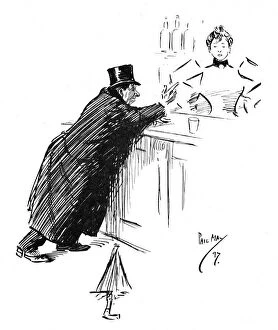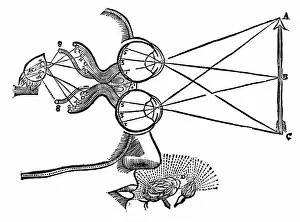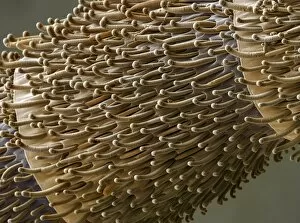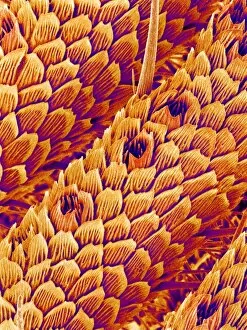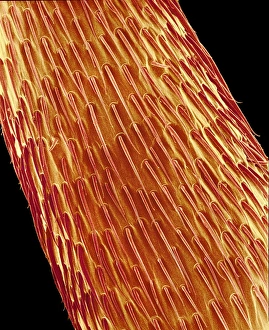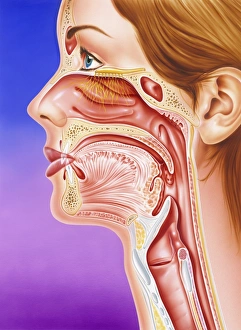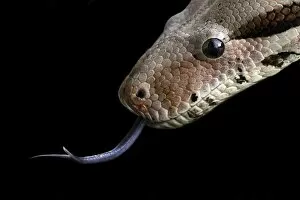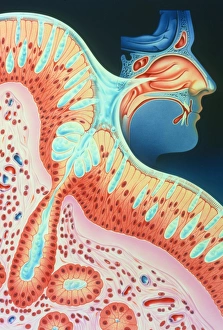Olfactory Collection
"Unlocking the Secrets of Olfactory: Journey into the Scented World" Step inside the intricate world sensations with a cutaway model of the face
All Professionally Made to Order for Quick Shipping
"Unlocking the Secrets of Olfactory: Journey into the Scented World" Step inside the intricate world sensations with a cutaway model of the face, revealing the hidden wonders of our nose and sinuses. A mesmerizing CT scan showcases the complex pathways that lead to our sense of smell. Delve deeper into this captivating realm as we explore a snake's head under an SEM microscope, marveling at its specialized olfactory system. Meanwhile, a majestic Palawan Monitor Lizard gracefully rests on a path, relying on its acute sense of smell to navigate its surroundings. From above, witness the delicate beauty of a Gardenia head captured through an X-ray lens. This enchanting flower emits fragrances that have captivated humans for centuries; even in 1572, artists were inspired to paint "Collecting Ambergris, " depicting people gathering this precious substance known for its unique scent. Intriguingly, an X-ray image reveals the inner workings of Lilac flowers (Syringa sp. ), showcasing their vibrant colors while hinting at their intoxicating aroma. The connection between these blossoms and our olfactory nerves becomes apparent as we study their anatomy alongside maxillary nerves. Observe nature's hunters in action as another Palawan Monitor Lizard searches for food along its path using its keen sense of smell. Even Dutch boy scouts are training their own noses to detect scents during exciting adventures - proof that our olfactory abilities can be honed and refined. Finally, immerse yourself in Germany's blooming Wood Violet or Sweet Violet (Viola odorata) through vivid imagery. These delicate flowers not only please our eyes but also release alluring fragrances that transport us to serene gardens filled with natural aromas. Embark on this sensory odyssey where science meets artistry - unraveling mysteries hidden within each whiff and exploring how scents shape our perception and memories.

